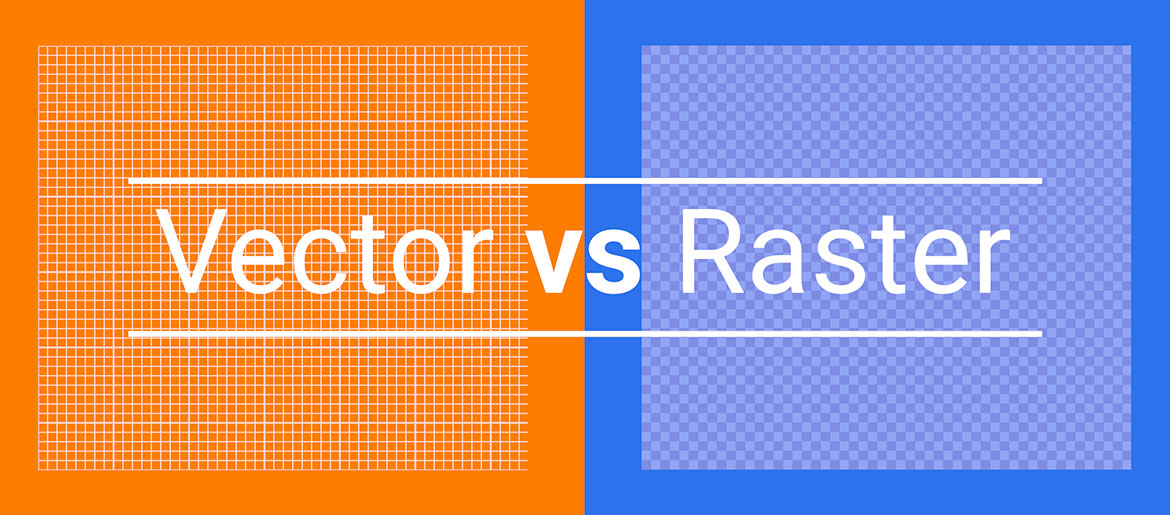
#Raster images how to#
Knowing how to convert from Raster to Vector isn’t as important, but this knowledge might prove to be useful at some point.Īgain, the process is easy if you have an editing program like Adobe Illustrator. Thankfully, converting Vector to Raster is pretty straightforward in most editing programs.įor example, if you’re using Adobe Illustrator, you’ll need to go to “File,” “Export,” “Export As,” and choose between a JPG, PNG, or TIFF file. It’s extremely important to know how to convert Vector images into Raster images as this is the type of image you’re typically going to use for high-quality prints. Here’s what you need to do: Vector to Raster If your file is in the wrong format, you can convert your image from Vector to Raster and vice versa. Vector is also ideal for prints that contain geometric shapes and images.
Digital printing on things like business cards and billboards.On the other hand, Vector tends to be the right choice for other types of projects, including but not limited to: For example, if you’re looking to print high-quality photographs and other print materials, then you should use a Raster image that is made up of square-shaped pixels that show detail and color gradients. The choice between Vector and Raster really depends on the context of your project. Raster images cost more compared to Vector images.Raster images come from digital cameras and scanned images.
#Raster images software#

This means that when you zoom in on a Raster image, you can see the pixels, and the image becomes more blurry.

Raster images typically come from cameras using pixel data. What Are Raster Images and How Do They Work? Since Vector images are made up of an algorithm, they come with smaller file sizes. This means that when you zoom in on a Vector image, everything remains smooth no matter how close you get. Vector images are typically produced by design software and consist of paths and curves that are dictated by mathematical data. What Are Vector Images and How Do They Work? However, if you’re looking to print photos, boxes, brochures, etc., it’s important to understand these images to choose the one that will provide you with the best results for your project. Unless you’re a graphic designer, you’re likely not too familiar with Vector and Raster images.


 0 kommentar(er)
0 kommentar(er)
